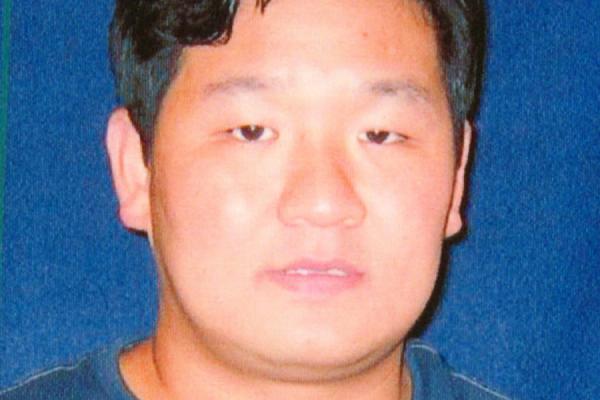
Title: The OSU-OU Ring Theory Seminar
Speaker: Gangyong Lee, Sungkyunkwan University, Suwon, South Korea
Abstract: The study of the class of Rickart rings has been a topic of wide interest after Kaplansky, Maeda, and Hattori introduced the notion of Rickart rings. A ring \(R\) is said to be right Rickart if the right annihilator of any single element of \(R\) is a direct summand of \(R\) as a right ideal. Due to an example of Chase it is well-known that the Rickart property of rings is not left-right symmetric. When a ring is abelian, a right Rickart ring is precisely a left Rickart ring as shown by Endo in 1960. In 2007, Rizvi and Roman defined Rickart Modules, applying the right Rickart ring theoretic notion to a general module theoretic setting. There has been no module theoretic analogue till now for a left Rickart ring. In this talk, we introduce the notion of a \(\mathfrak{L}-Rickart\) module as a module theoretic analogue for a left Rickart ring. A right \(R\)-module \(M_R\) is called an \(\mathfrak{L}-{Rickart}\) module if the left annihilator in \(S=\text{End}_R(M) \) of any single element of \(M\) is a direct summand of \(S\) as a left ideal of \(S\). We discuss this notion and provide a number of results and examples to illustrate the notion and related concepts. Unlike the case of Rickart modules whose endomorphism rings are always right Rickart, we construct an example showing that a similar result does not hold true for an \(\mathfrak{L}-Rickart\) module. On the other hand, we can show that the endomorphism ring of a finitely generated \(\mathfrak{L}-Rickart\) module does happen to be a left Rickart ring. A natural question is whether an analogue of Endo's result mentioned earlier holds true for the case of modules? We provide an affirmative answer for the finitely generated case. (This is a joint work with S. Tariq Rizvi and Cosmin Roman.)
